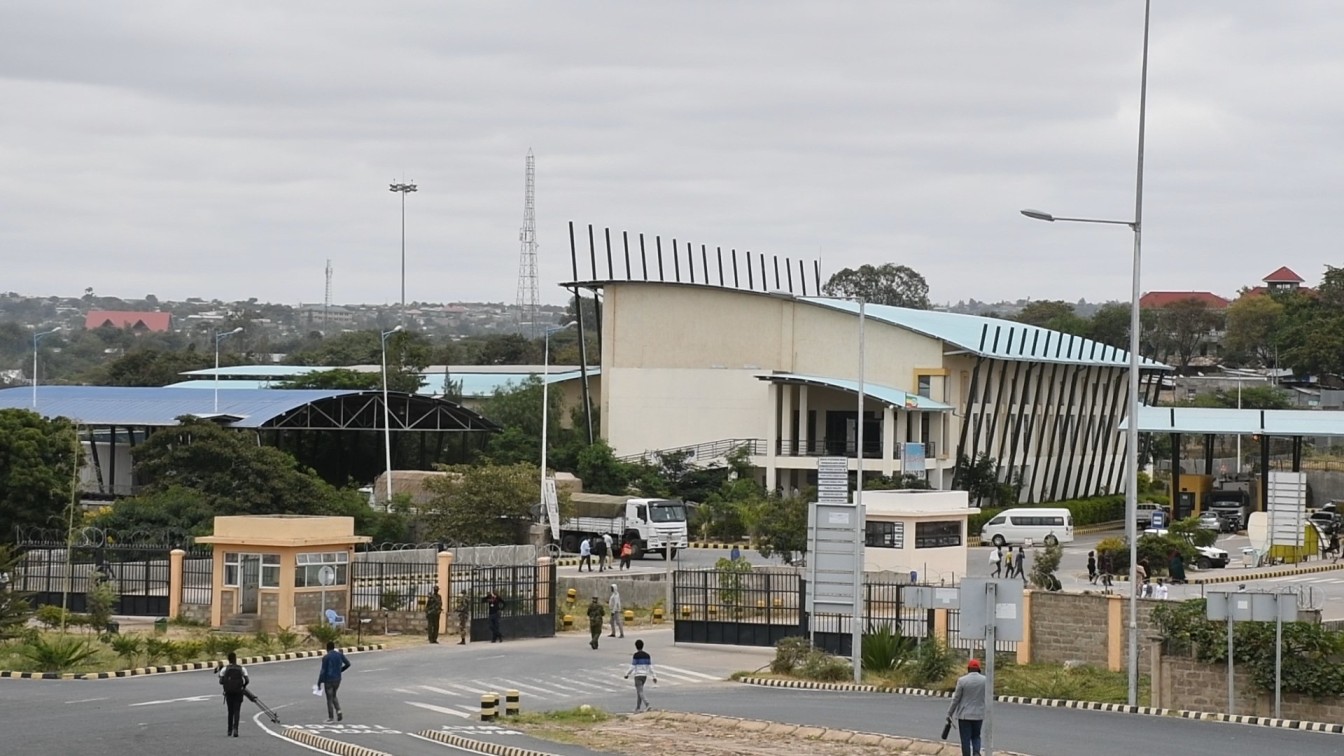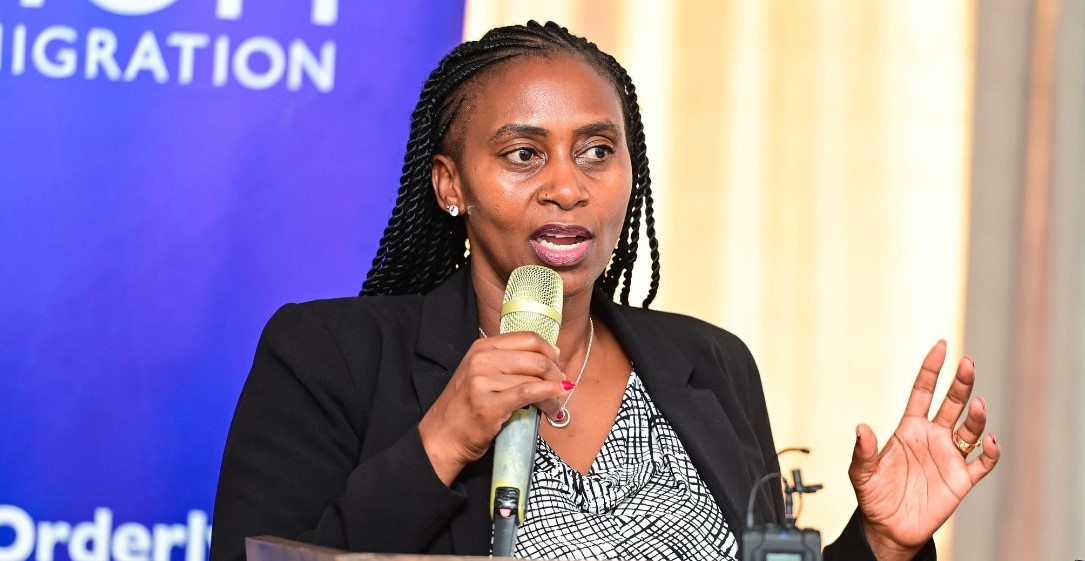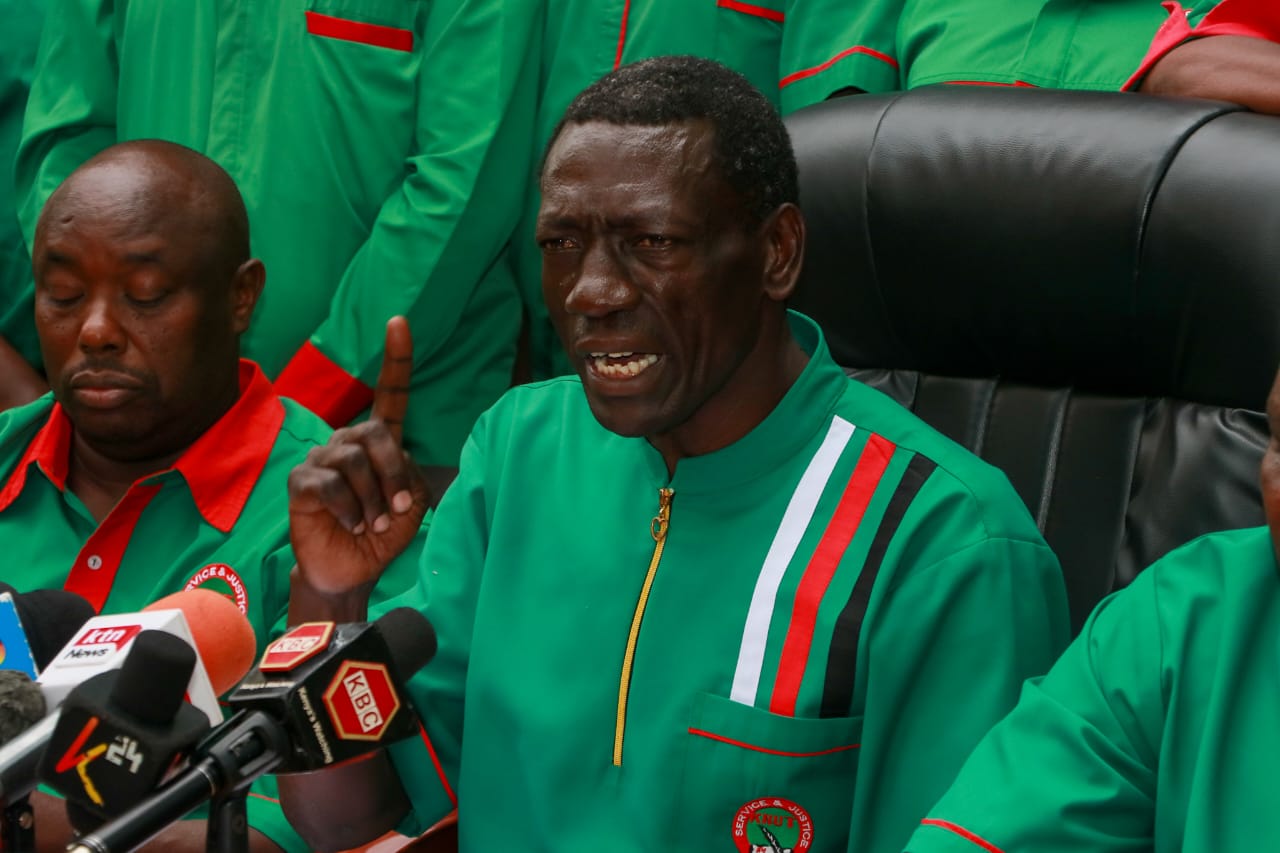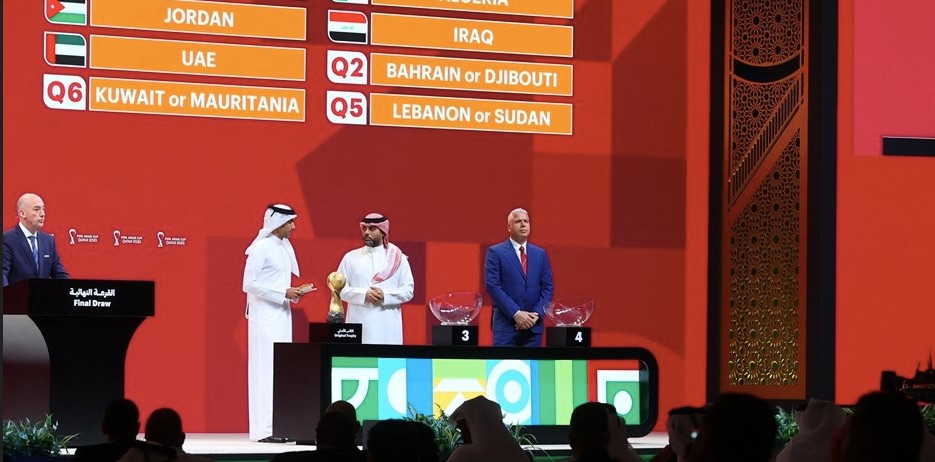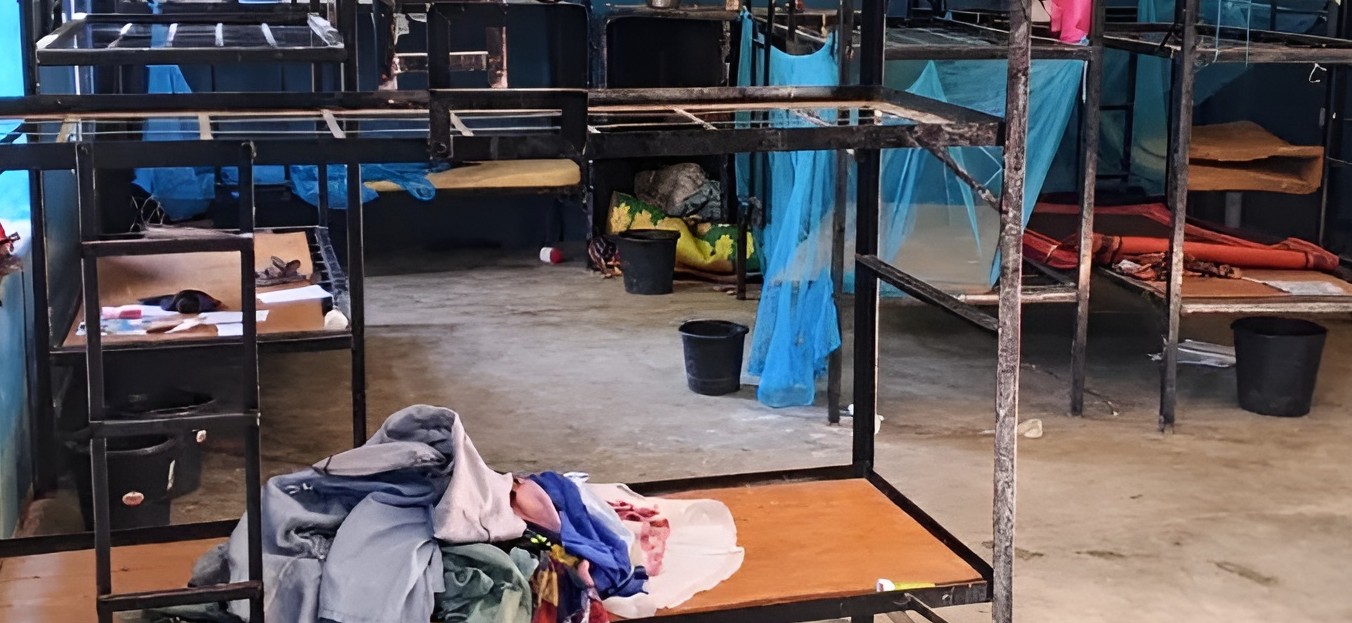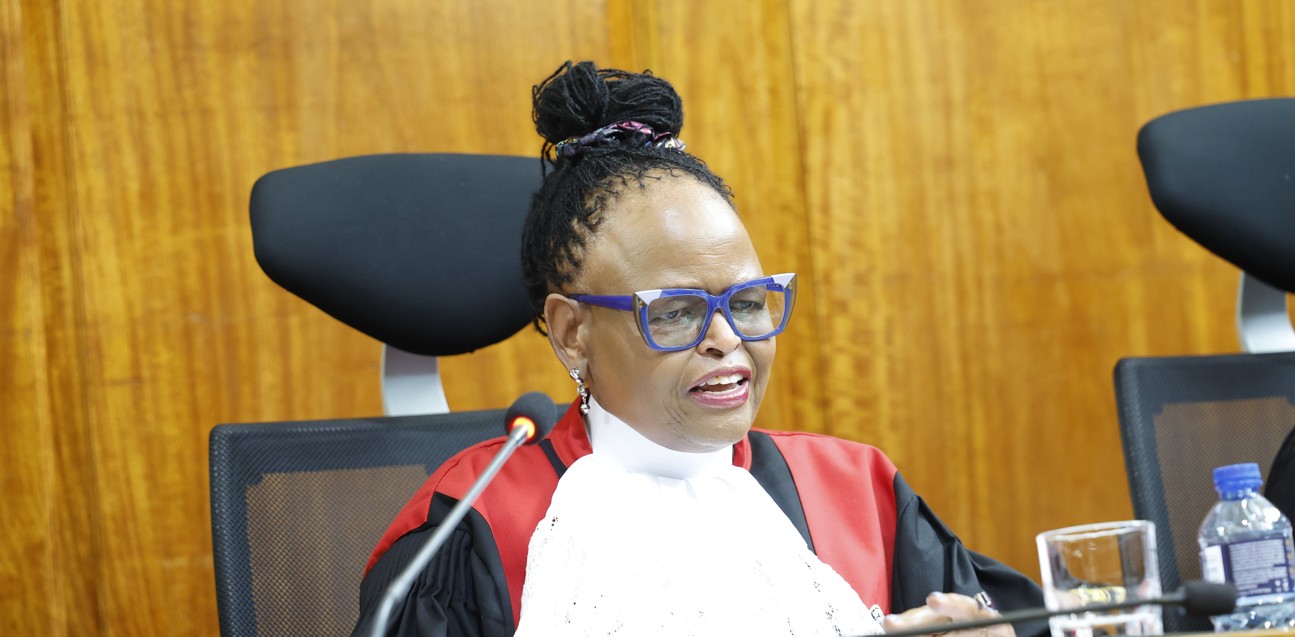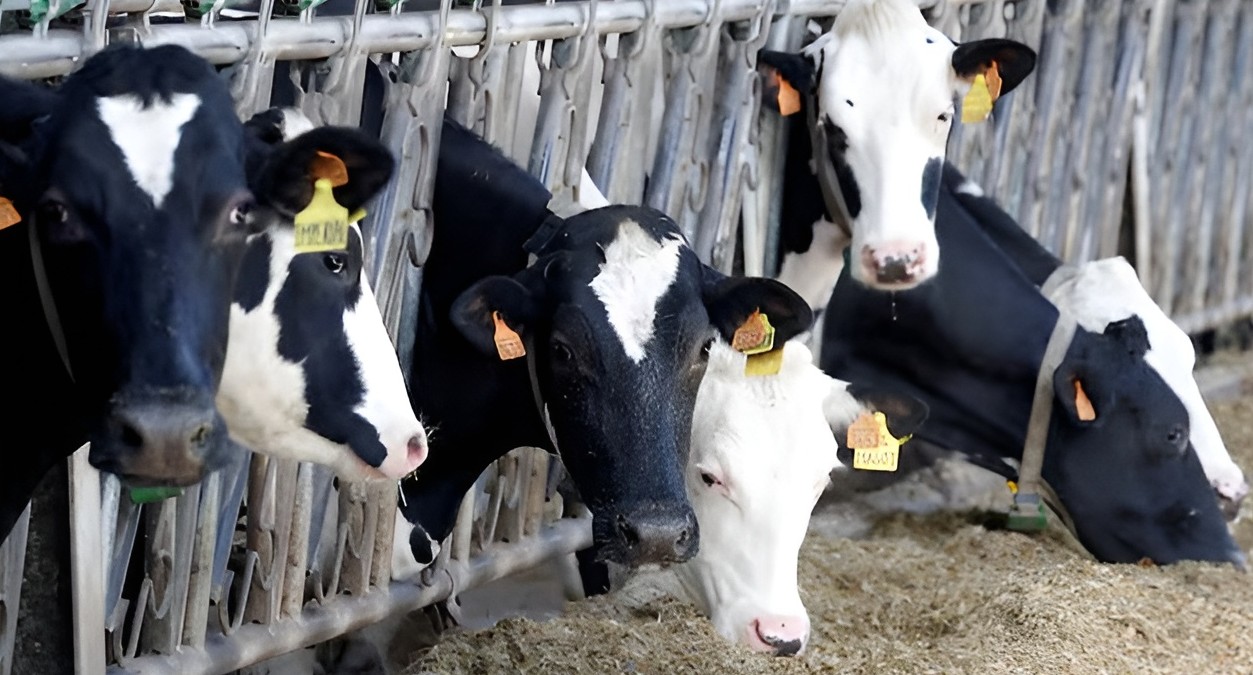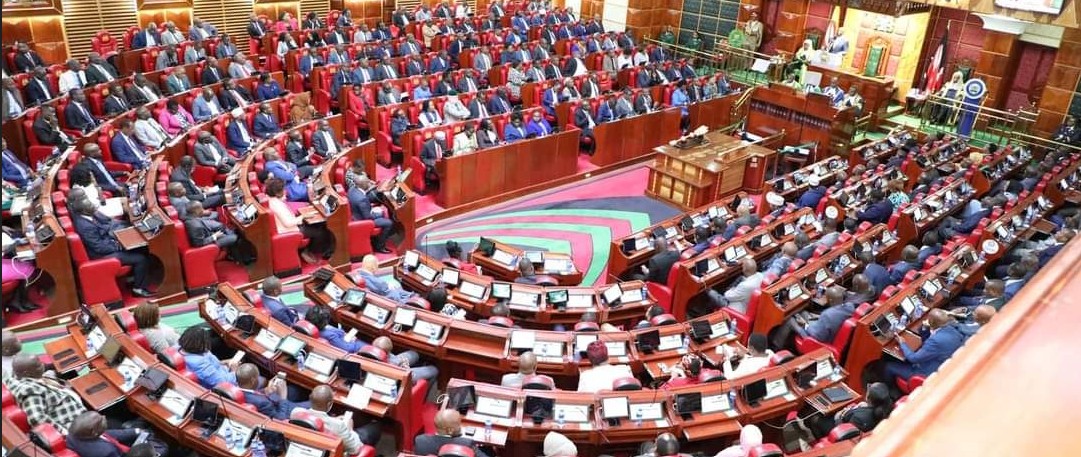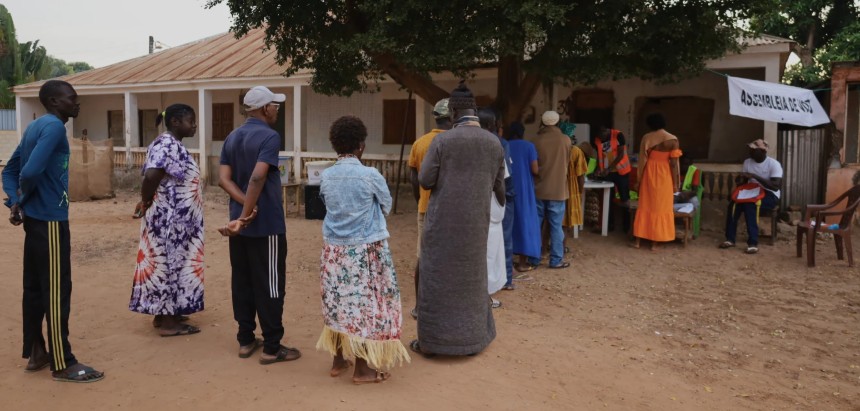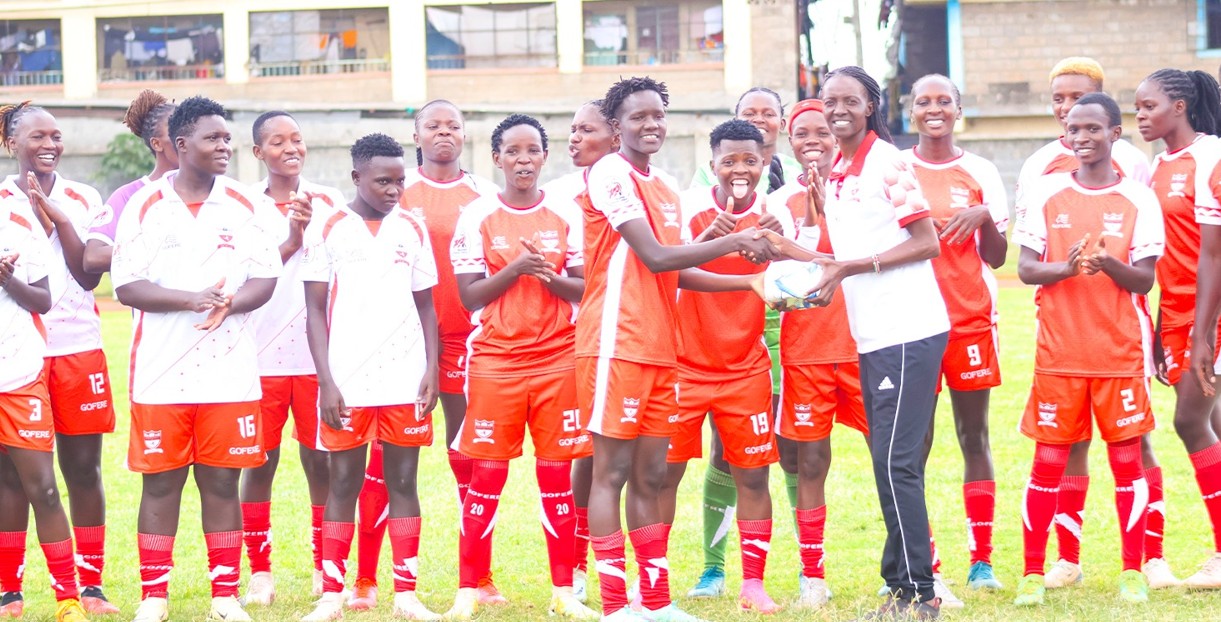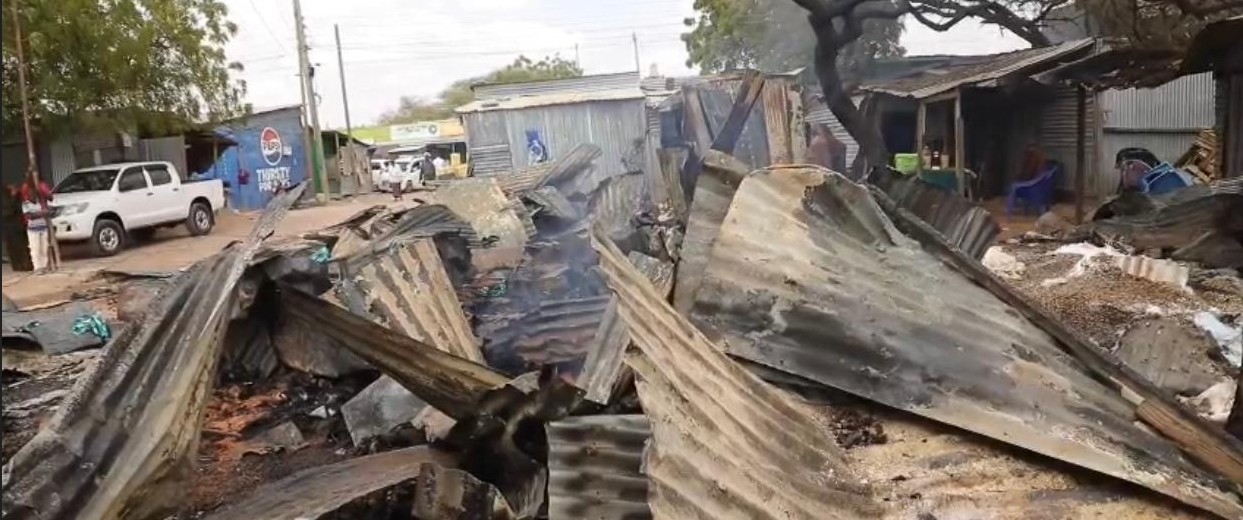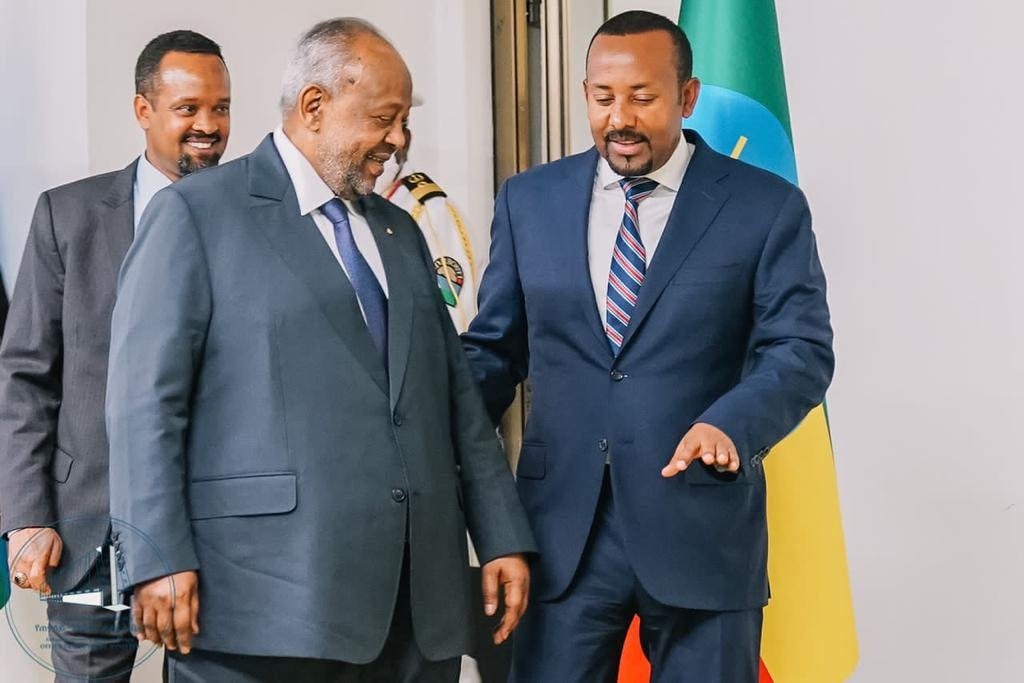UNICEF sounds alarm as Ethiopia faces deadly disease outbreaks amid critical funding gap
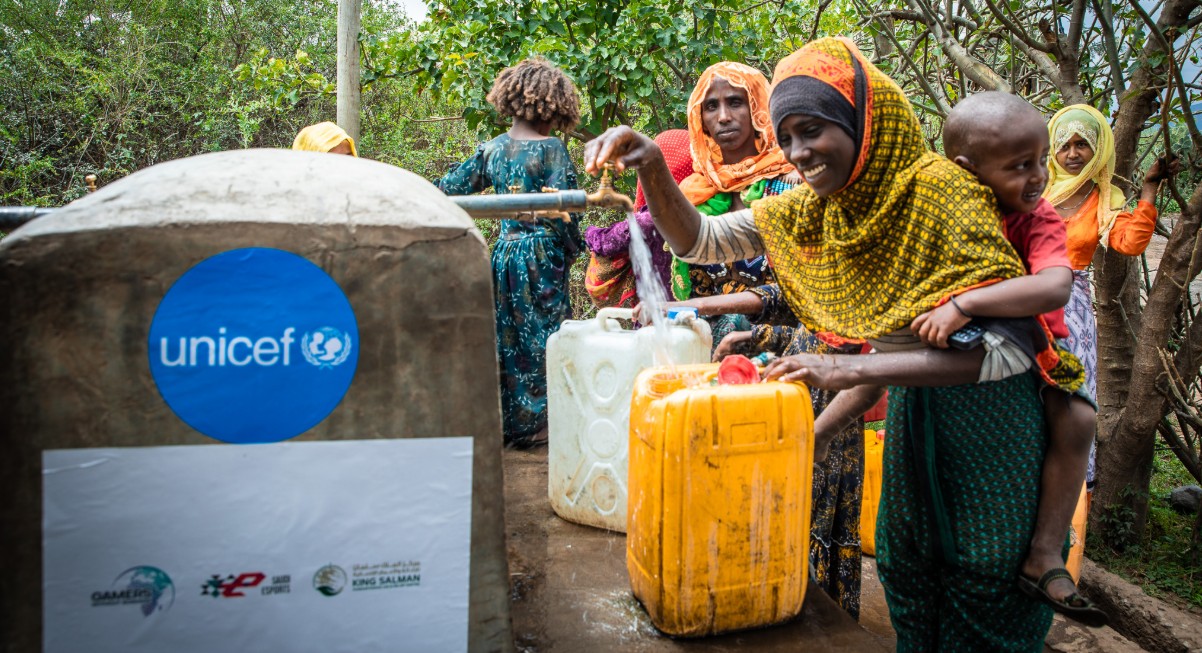
The UNICEF report says these overlapping health emergencies are placing immense pressure on Ethiopia’s healthcare system, particularly in the regions of Gambella, Amhara, Oromia, and Tigray.
Ethiopia has faced concurrent outbreaks of malaria, cholera, and measles since January 2025, infecting millions and causing multiple deaths, according to UNICEF’s latest Humanitarian Situation Report.
The report highlights that these overlapping health emergencies are placing immense pressure on Ethiopia’s healthcare system, particularly in the regions of Gambella, Amhara, Oromia, and Tigray.
More To Read
- Kenya steps up border checks as Ethiopia confirms outbreak of Marburg Virus Disease
- Technology of freedom, risk of violence: Digital divide facing women in post-war Tigray
- Gaza: Two children killed every day during fragile ceasefire, says UNICEF
- Cultural victory as Ethiopia recovers 12 artefacts taken to Germany in the 1920s
- UNICEF warns over 400 million children live in extreme poverty as progress stalls
- Gaza: Displaced Palestinians dealing with the ‘death of dignity’, warns UNICEF
The Public Health Emergency Operations Centre (PHEOC) reported that over 2.2 million malaria cases and 91 deaths had been recorded since the beginning of the year.
The highest concentration of malaria cases per 100,000 people was noted in the Gambella region.
Cholera outbreaks have also been severe, with more than 4,300 cases and 42 deaths reported, primarily affecting the Amhara and Gambella regions.
The cholera outbreak remains active in 23 woredas (districts) across these regions and one refugee camp in Gambella.
“Since January 2025, a total of 4,137 measles cases and 22 deaths have been reported. In the first week of May, 229 new cases were recorded, with no deaths reported. While the outbreak has been controlled in two woredas of Benishangul Gumuz and three in Amhara, new outbreaks have emerged in seven woredas across Oromia and Tigray regions. Currently, the outbreak remains active in 27 woredas nationwide,” the report indicates.
Mpox cases
The report also noted Ethiopia’s first death related to mpox — a 21-day-old infant confirmed in June 2025
UNICEF stated that six Mpox cases had been reported by May 2025, with new infections appearing in Oromia and Sidama regions and eight suspected cases under investigation.
The agency pointed out that high population movement, especially near the Kenyan border where transmission continues, along with other health crises, has complicated containment efforts.
UNICEF carried out a supplementary vaccination campaign in Shire, Tigray region, vaccinating over 21,000 children under five and achieving 92 per cent coverage.
UNICEF is also integrating mpox awareness into national vaccination campaigns and coordinating with nutrition programmes to address this emerging challenge
Beyond emergency response, UNICEF and its partners have treated nearly 206,000 children suffering from severe wasting and reached over 741,000 children and women with primary healthcare services.
Safe drinking water
Efforts to improve access to safe drinking water have benefited more than 575,000 people through the rehabilitation of non-functional water schemes, while over 54,000 individuals received critical water and hygiene supplies.
The agency’s 2025 Humanitarian Action for Children appeal requires nearly 68.9 billion Kenyan shillings (US $493 million) to continue critical support. However, only about 8.3 billion Kenyan shillings (US $59.2 million) has been secured so far, representing just 12 per cent of the total needed.
UNICEF has called on international donors to increase funding urgently to help Ethiopia manage these multiple public health emergencies and protect vulnerable children, adolescents, and families across the country.
"This significant shortfall underscores the necessity for continued support to bridge the funding gaps and provide lifesaving humanitarian programming.
UNICEF urges donor partners to assist in ensuring that children and their caregivers receive the lifesaving and life-sustaining aid they urgently need in 2025 and beyond.
Top Stories Today


